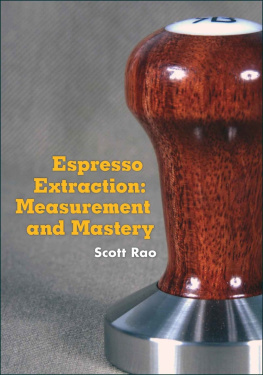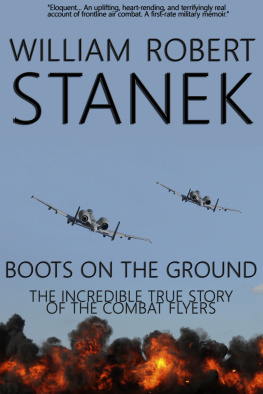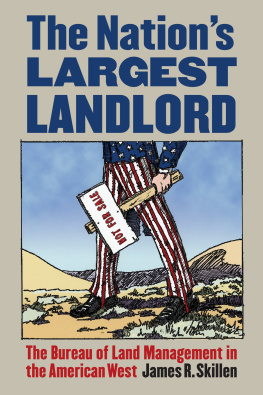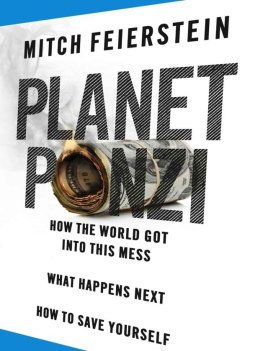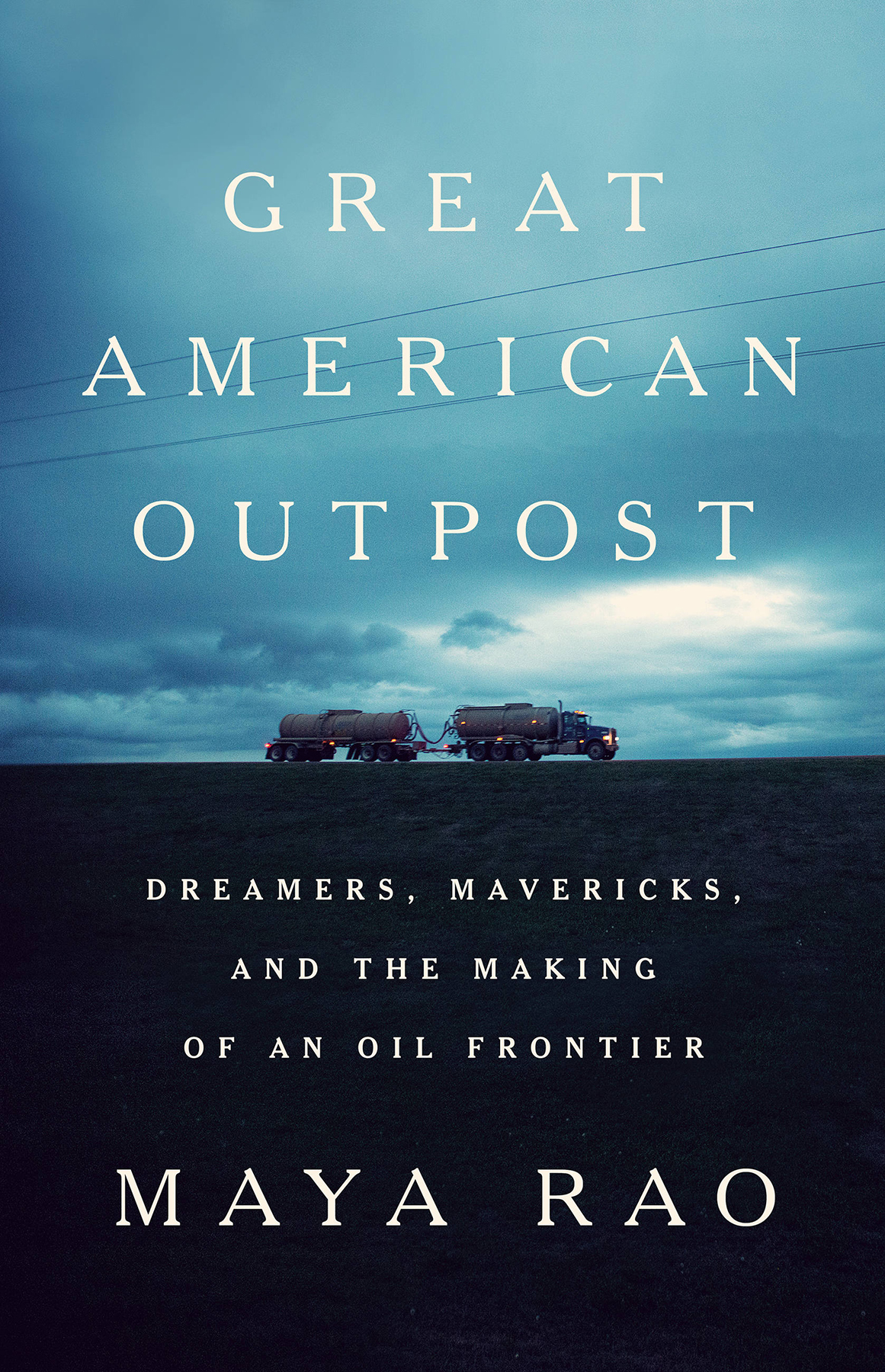Hachette Book Group supports the right to free expression and the value of copyright. The purpose of copyright is to encourage writers and artists to produce the creative works that enrich our culture.
The scanning, uploading, and distribution of this book without permission is a theft of the authors intellectual property. If you would like permission to use material from the book (other than for review purposes), please contact permissions@hbgusa.com. Thank you for your support of the authors rights.
Published by PublicAffairs, an imprint of Perseus Books, LLC, a subsidiary of Hachette Book Group, Inc. The PublicAffairs name and logo is a trademark of the Hachette Book Group.
The Hachette Speakers Bureau provides a wide range of authors for speaking events. To find out more, go to www.hachettespeakersbureau.com or call (866) 376-6591.
The publisher is not responsible for websites (or their content) that are not owned by the publisher.
More Advance Praise for
Great American Outpost
An important addition to the literature of the US shale revolutiontoo often underestimated and misunderstoodGreat American Outpost reminds us that the revolution is not just a story of frack fluid and oil production but a story of the human experience. Through Didionesque scenes of the North Dakota boom, Maya Rao evokes America in extremis with glimpses of lives and decisions that are sometimes frightening, sometimes inspiring, and sometimes just nuts.
Gary Sernovitz, author of The Green and the Black: The Complete Story of the Shale Revolution, the Fight over Fracking, and the Future of Energy
From the upper reaches of North Dakota, Maya Rao extracts a potent metaphor for modern American capitalism. Her bracing dispatch from the Bakken reveals the toll of fracking on everything it touchesfrom the soil of the Great Plains, to the precarious lives of roughnecks, to the remote communities that became boomtowns full of hustlers, dreamers, and opportunists. Keenly observed and vividly told, Great American Outpost also has an undercurrent of anxiety that seeps from abandoned oilfields into the larger landscape of our culture, in the form of a question few dare to ask: What remains when the profiteers move on?
Jessica Bruder, author of Nomadland: Surviving America in the Twenty-First Century
Im grateful for this stunning work of immersive reportage. Maya Rao tells us a tale from ground zero for modern American capitalism: the North Dakota oil rush, from boom to bust. Its a remarkable book for right now, mixing compelling portraits with smart, big picture analysis. Rao shows us stories that visiting reporters would likely miss, and the result is a rich, nuanced book thats a crucial guide to understanding twenty-first-century America.
Tracie McMillan, author of The American Way of Eating: Undercover at Walmart, Applebees, Farm Fields and the Dinner Table
With oil at $100 a barrel, greed in North Dakota was manifest and the characters were right out of the Gold Rush, from some of the craziest get-rich crooks to the recently paroled who could make $90,000 a year hurling big trucks down two-lane roads. Maya Raos description of one of Americas biggest rushes of sheer greed ranks right up there with the great books of the California Gold Rush of 1849. This is one of the best books in America about working men and womenand life in the oilfields when the lid blows off.
Humpy Wheeler, retired NASCAR promoter and former president of Charlotte Motor Speedway
Maya Rao didnt just write about the boomtown life, she lived it capturing the hope and despair of a nation of citizens looking for a break. A gimlet-eyed look at the oil, dust, and, most importantly, the people living on our countrys last frontier. This is essential reading for anyone interested in how the American Dream or the American Nightmare can be made and lost in the blink of a two-week pay period.
Stephen Rodrick, contributing editor to Rolling Stone
To my parents
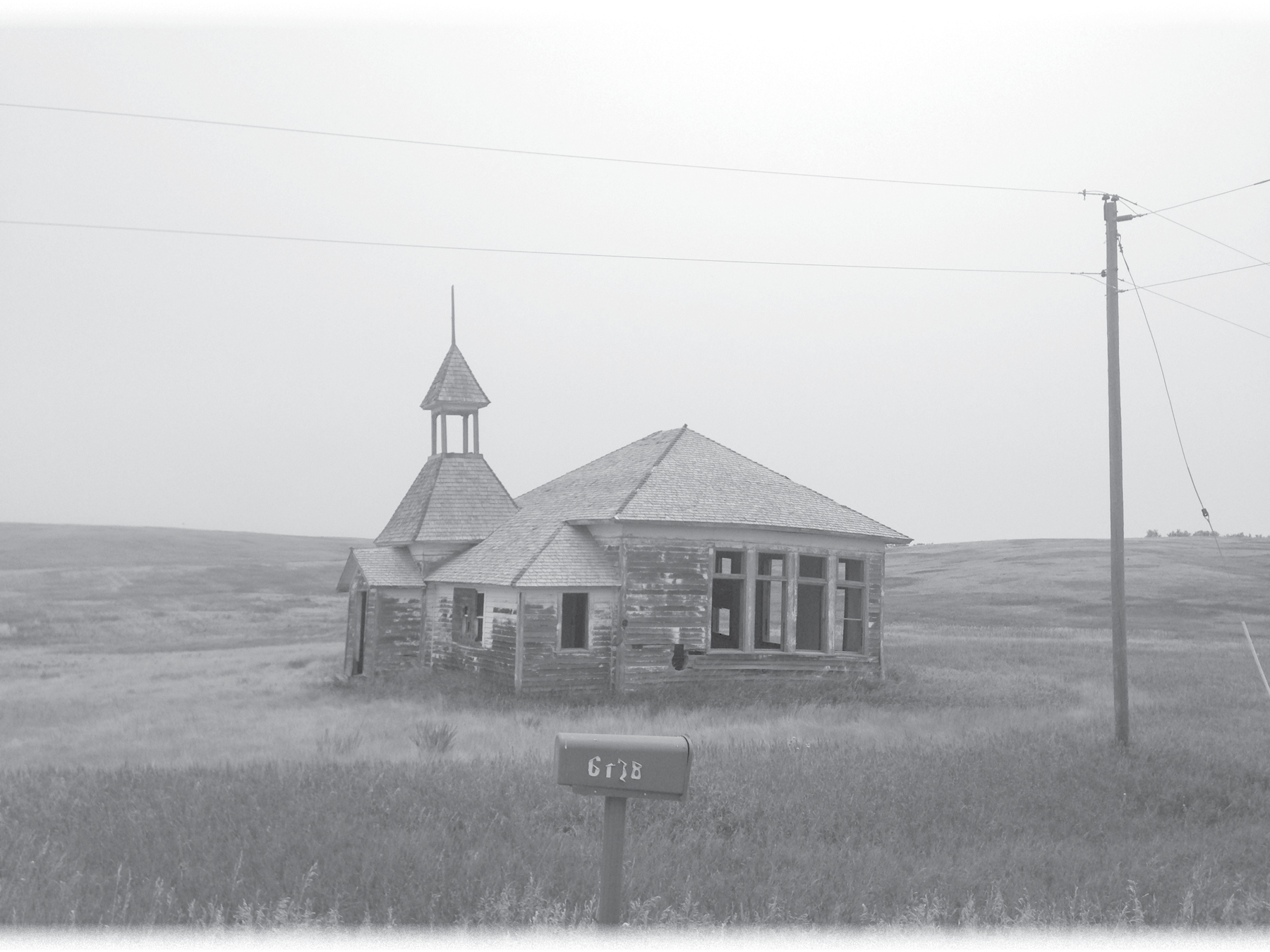
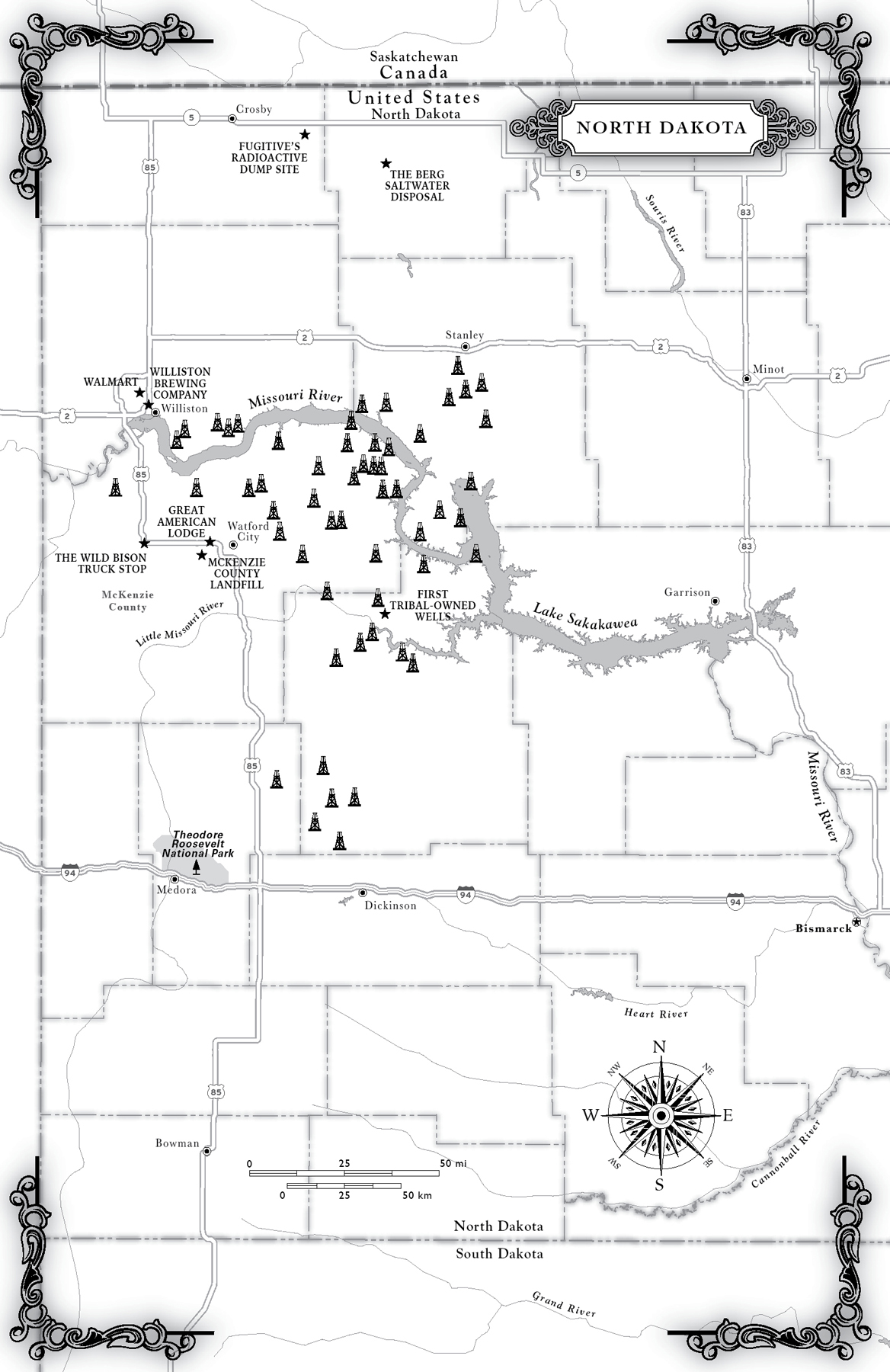
P ast the abandoned shack that said GREAT FOOD FAST and FOR SALE , rows of trailers lay forsaken in the weeds. Laborers had run out of time to install the doors and windows in several dwellings, and rain seeped through the openings. Cement slabs marked parking spots that had no vehicles. The dining hall was locked; the boot scrubbers on the porch had no mud in their bristles. Federal authorities had evicted the tenants. A banner had begun to drag off the chain-link fence, the red lettering barely decipherable: GREAT AMERICAN LODGE.
Once a symbol of prosperity in the North Dakota oilfield, the lodge had become a gallery of fortune gone to ruin. Investors from Hong Kong to Madrid were reeling from revelations that their money had vanished in a $62 million Ponzi scheme. The British developers had disappeared overseas. Only the squirrels remained, running along the tarp and pallets that lay scattered in the grass. I drove by several times a week for much of 2015, looking, to no avail, for the smallest change; eventually the lodge loomed as just another landmark fringed by weeds along the highway. A Colorado real estate broker who did business with the swindlers told me they could have done well enough without scamming. But no! he said. Greed, greed, greed!
schools to support a society that never grew as populous as planned. Farmers struggled against blizzards and droughts and meager harvests. Some starved. Many fled. Half of North Dakotas communities were losing people by the 1930s, when the states population peaked at nearly 681,000. Citizens clustered in the cities of Bismarck, Grand Forks, and Fargo. The western edge of the state faded into earthen bones as the young left for better prospects and the old died off. Loss and despair vexed the buttes and grasslands; it brooded in the savage emptiness and the derelictions of wood and blotched glass.
North Dakotas first oil discovery came in 1951 in the little town of Tioga, but the petroleum was difficult to extract profitably. A burst of oil development came in the 1980s, followed by a bust that stranded local governments with debt. By 2008, advances in hydraulic fracturing and horizontal drilling confirmed the largest domestic oil deposit since the discovery of the reserves under Prudhoe Bay, Alaska, four decades earlier. Billions of barrels of oil lay in the Bakken shale formation. Western North Dakota became an astonishing laboratory for the Darwinian, breakneck capitalism that one imagined was no longer possible in modern America, as outsiders engulfed the state to get rich, hide out, or start over. The states population grew for the first time in the lives of even its most elderly residents.
that the states remoteness had established it as a colonial hinterland dependent upon faraway markets.







